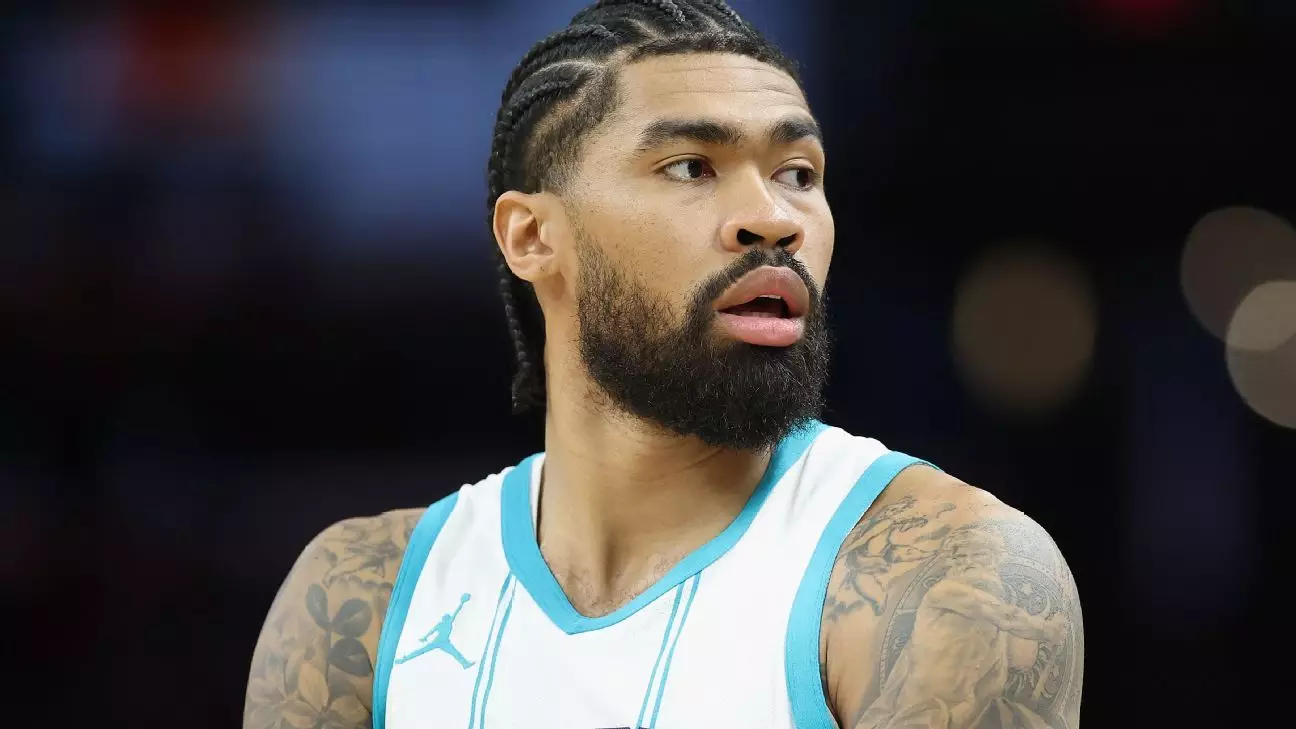The recent trade between the Charlotte Hornets and the Phoenix Suns marks a significant moment in the NBA season, encapsulating strategic decisions that will impact both franchises moving forward. The Hornets traded center Nick Richards along with a second-round pick to the Suns in exchange for forward Josh Okogie and three second-round picks. Particularly noteworthy is the Hornets’ decision to send a 2025 second-round pick from Denver while receiving three selections—two from 2026 and another from 2031. This exchange reflects a broader trend of teams strategically trading players for future assets to enhance their roster without immediate pressure.
Assessing Nick Richards’ Impact
Nick Richards has had a notable season thus far, playing 21 games and averaging 8.9 points and 7.5 rebounds. His performance improves significantly when he starts, averaging 11.3 points and 10.2 rebounds in his nine starting appearances. Richards’ efficiency is impressive; he has maintained a shooting percentage of 65% over the last four seasons, ranking him fifth in the league for those with a minimum of 800 attempts. This trade was particularly tactical for the Suns, who have struggled in the center position. The addition of the 7-foot Richards could fill a void that has plagued the franchise, especially in terms of scoring and rebounding from the center position.
Understanding the Hornets’ Strategic Direction
From Charlotte’s perspective, this trade signifies a broadening of their focus. The Hornets have actively pursued and accumulated draft capital, securing two first-round and eight second-round picks since January 2024. The acquisition of Okogie, a defensive-minded wing, underlines the organization’s intention to build a robust roster for future competitiveness. Both Richards and Okogie have team-friendly contracts, which suggests a more substantial long-term employee strategy as they adjust to their financial landscape in the coming seasons.
In Josh Okogie, the Hornets gain a versatile player capable of bolstering their defensive units. As a forward, Okogie can add depth and bring agility to Charlotte’s wing position. His non-guaranteed contract for the 2025-26 season provides the Hornets with flexibility to evaluate their roster without heavy financial commitment. Such player acquisitions demonstrate the Hornets’ commitment to shoring up both ends of the court while maintaining a future-focused strategy.
For the Phoenix Suns, guessing how to implement Richards among their current lineup will be critical. With players like Mason Plumlee and rookie Oso Ighodaro having held down the center position recently, Richards’ entry can significantly change dynamic. Further complicating matters is veteran center Jusuf Nurkic’s recent woes; he has been sidelined due to illness and temporary benching, raising questions about his long-term viability with the team. The Suns now have the opportunity to reevaluate their center play, potentially finding a coherent strategy with Richards at the helm.
This trade encapsulates the strategic thinking prevailing in contemporary NBA management. For the Hornets, it is about building a competitive team for the future while taking advantage of the present situation. Meanwhile, the Suns are investing in immediate needs to revive their postseason hopes. As the season unfolds, the effectiveness of these trades will come under scrutiny, revealing whether these organizations made the right moves to benefit both their immediate and long-term ambitions.


Leave a Reply